An artifical satellite is orbiting in a circular orbit around the earth. One of the rockets of the satellite is momentarily fired, the direction of firing of rocket is mentiond in column -I and corresponding changes (s) are given in column-II match the entires of column -I with the entries of column-II.
Column-IColumn-II(A) Towards the earth.centre(P) orbit changes and becomes elliptical(B) Away from the earth.s centre(Q) Orbit plane changes(C) At right angle to the plane of orbit(R) Semi-major axis of orbit increases(D) In forward direction(S) Energy of earth-satellite system increases
The correct Answer is:A-PRS; B-PRS; C-PQRS; D-P
Topper's Solved these Questions
- GRAVITATIONBOOK - AAKASH SERIESCHAPTER - GRAVITATIONEXERCISE - PRACTICE SHEET (EXERCISE-IV) Gravitational field, potential & satellite energy (LEVEL-I) Straight Objective Type Questions
16 Videos
- GRAVITATIONBOOK - AAKASH SERIESCHAPTER - GRAVITATIONEXERCISE - PRACTICE SHEET (EXERCISE-IV) Gravitational field, potential & satellite energy (LEVEL-II) Straight Objective Type Questions
3 Videos
- GRAVITATIONBOOK - AAKASH SERIESCHAPTER - GRAVITATIONEXERCISE - PRACTICE SHEET (EXERCISE-III) Orbital velocity & escape velocity (LEVEL-II)More than One correct answer Type Questions
5 Videos
- GAUSS.S LAW BOOK - AAKASH SERIESCHAPTER - GAUSS.S LAW EXERCISE - PROBLEMS (LEVEL - II)
12 Videos
- GRAVITATIONALBOOK - AAKASH SERIESCHAPTER - GRAVITATIONALEXERCISE - EXERCISE -3
154 Videos
Similar Questions
Match the entries of Column I with those of Column-II
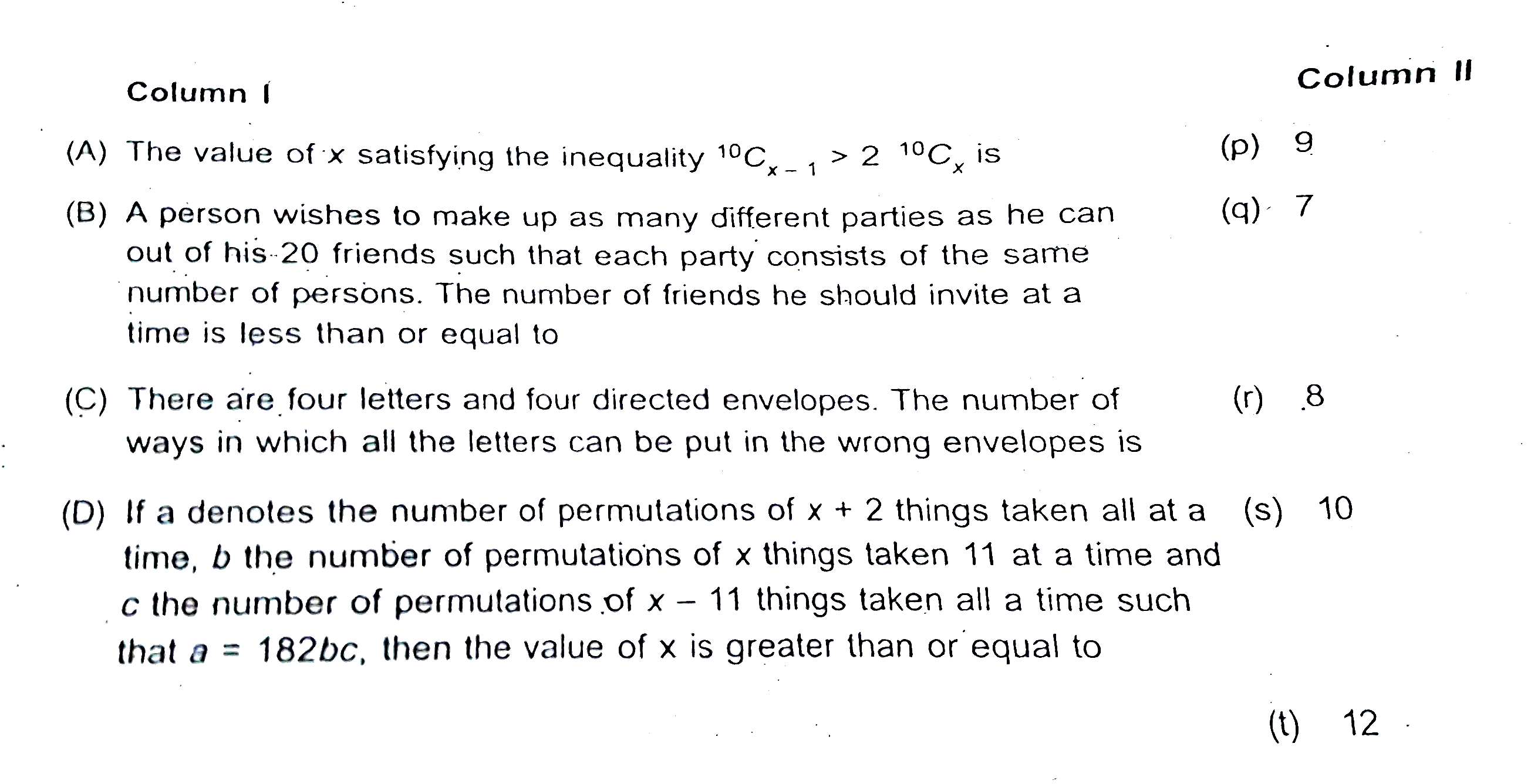
View SolutionMatch the entries of Column I with those of Column-II

View SolutionMatch the entries of Column I with those of Column-II
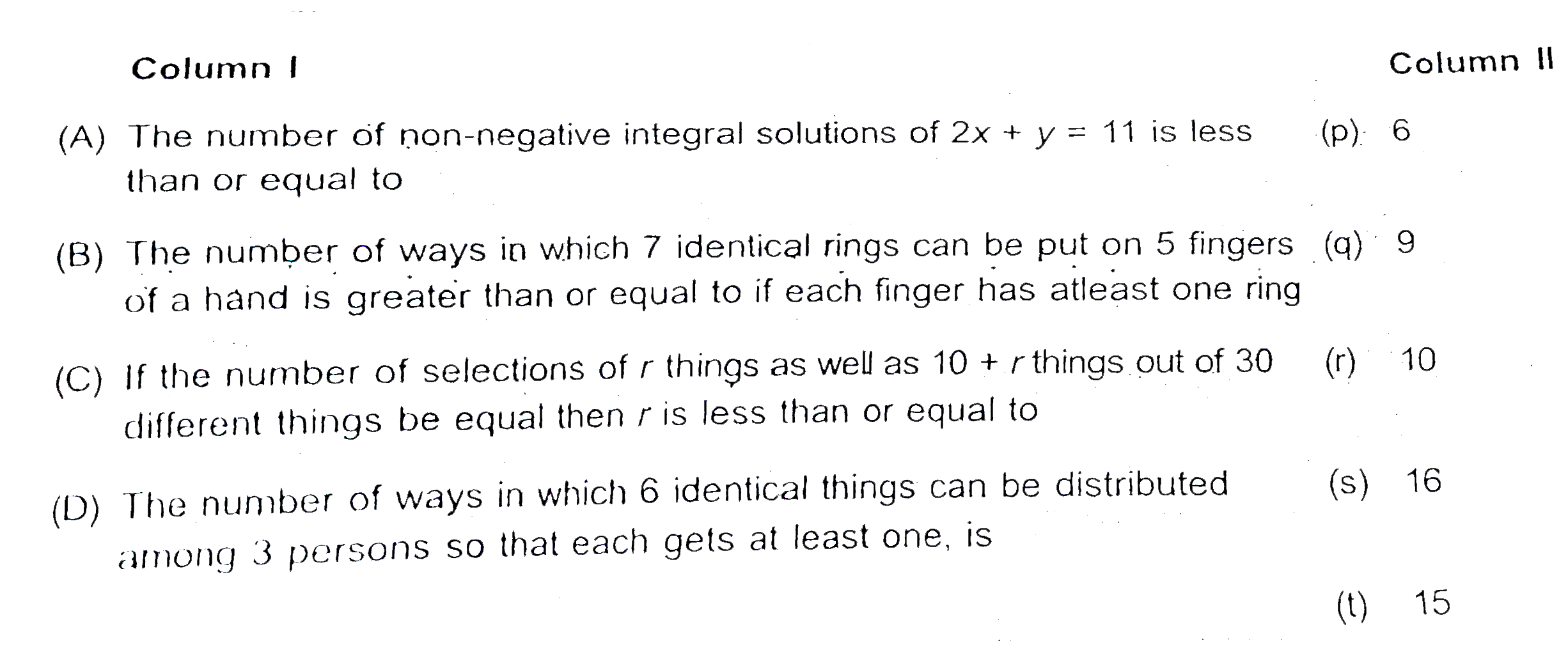
View SolutionMatch the entries of Column I with those of Column-II

View SolutionIn column-I some situations have been described and in column-II corresponding graph is given. Match the entries in column-I with appropriate entries in column-II.
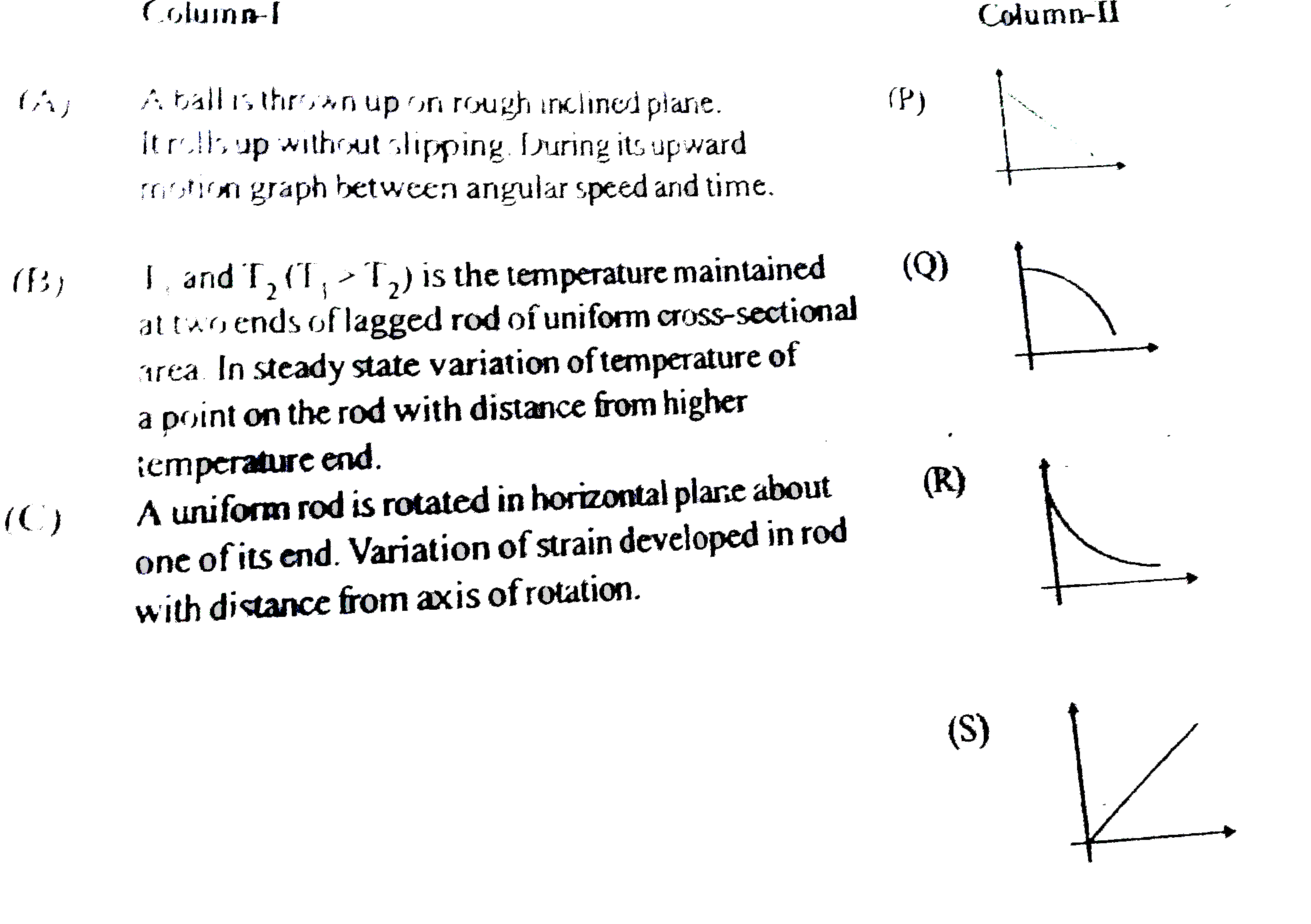
View SolutionMatch the entries given in Column I with appropriate ones in Column II
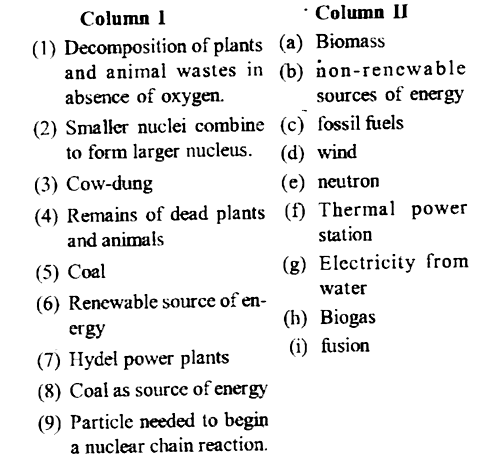
View SolutionMatch the species in Column I with the type of hybrid orbitals in Column II.
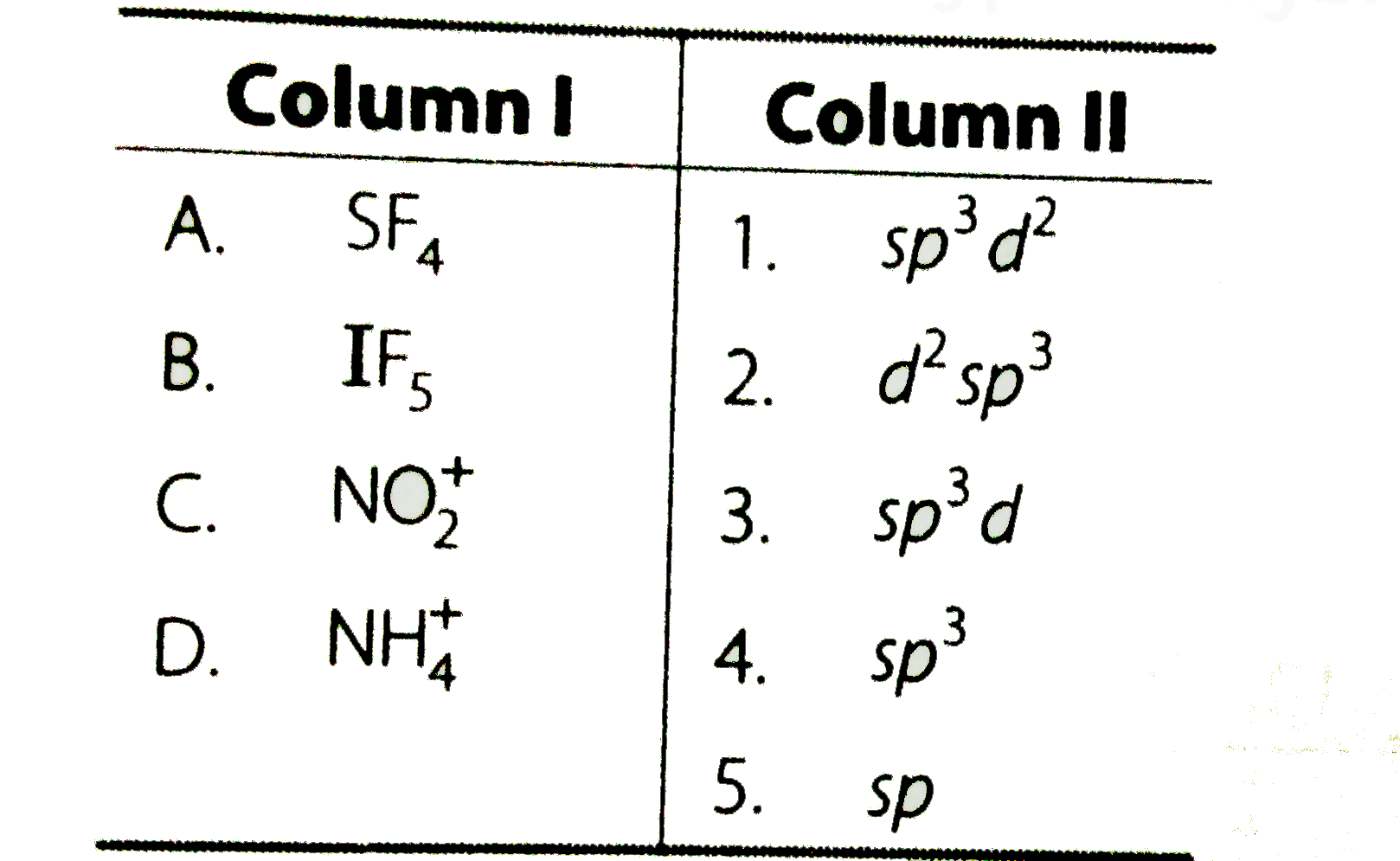
View SolutionMatch the species in Column I with the type of hybrid orbitals in Column II.

View SolutionMatch the entries in column I with entries in Column II and then pick out correct options.
Column I Column II
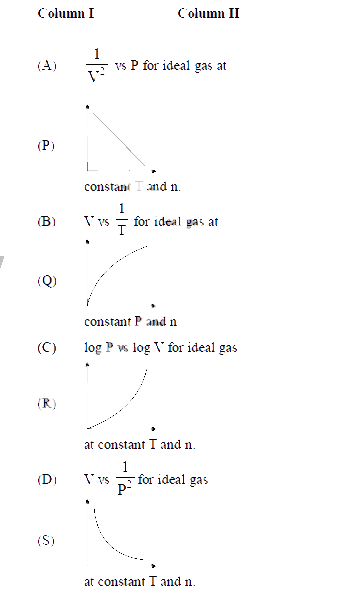
View SolutionEntries of column I are to be matched with one or more entries of column II.
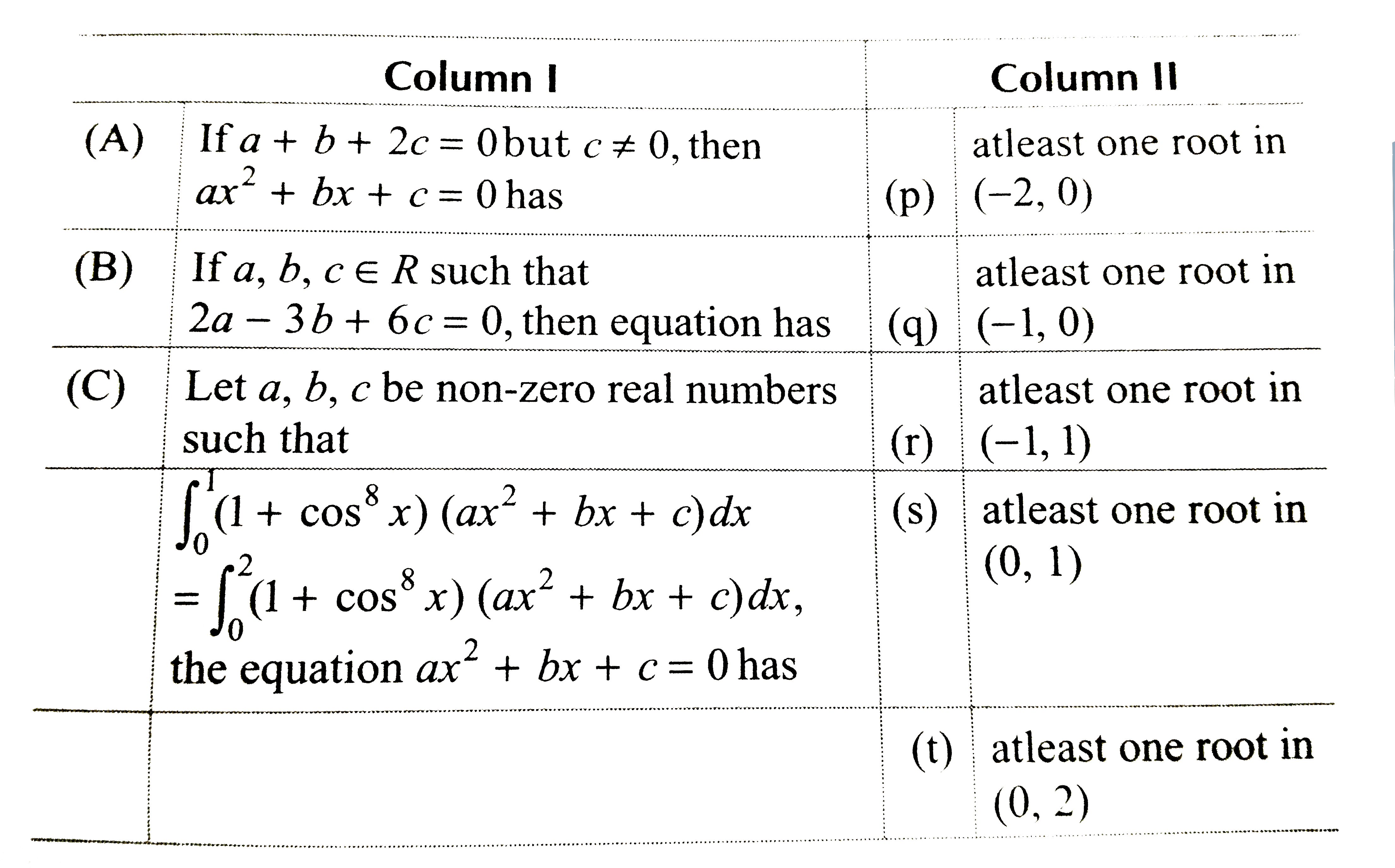
View Solution
